Home>diy>Building & Construction>What Is A Dike In Construction
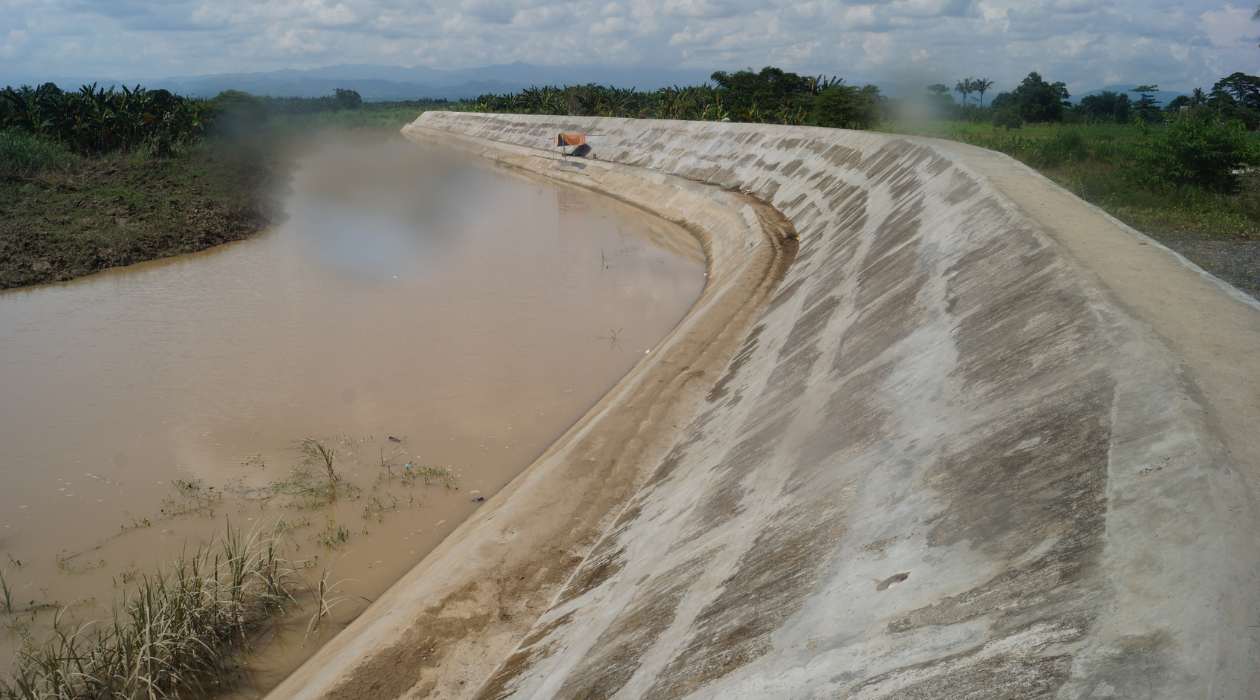

Building & Construction
What Is A Dike In Construction
Modified: December 7, 2023
Learn about the construction technique of dike building in the field of building-construction. Find out how dikes are used to control water flow and prevent flooding.
(Many of the links in this article redirect to a specific reviewed product. Your purchase of these products through affiliate links helps to generate commission for Storables.com, at no extra cost. Learn more)
Introduction
Welcome to the world of construction, where each project is carefully planned and executed to ensure the safety and durability of structures. One crucial element in the construction process is the dike. Whether you’re building a dam, levee, or even a foundation for a building, dikes play a vital role in safeguarding against water damage and erosion.
A dike, also known as a dyke, is a structure specifically designed and constructed to contain or divert water. It serves as a barrier, preventing water from inundating construction sites or causing erosion in surrounding areas. Dikes are typically built near water bodies such as rivers, lakes, or the ocean, where the potential for flooding or water infiltration is high.
Key Takeaways:
- Dikes are crucial in construction for flood control, erosion prevention, and infrastructure stability. Their careful design, construction, and maintenance ensure the safety and longevity of construction projects.
- Dike construction requires expertise in hydrology, geotechnical engineering, and environmental science. Proper planning, material selection, and ongoing maintenance are essential for the effectiveness and sustainability of dikes.
Read more: What Is Construction
Definition of a Dike
A dike is a man-made structure designed to control the flow of water and prevent flooding or erosion. It is typically constructed using a combination of natural materials such as soil, rocks, and clay, as well as artificial materials like concrete, steel, and geotextiles. Dikes are built in a variety of settings, including coastal areas, riverbanks, and low-lying regions, where water management is essential to protect human settlements and infrastructure.
One key characteristic of a dike is its height, which is determined by the anticipated water levels it is designed to withstand. The height of a dike is carefully calculated based on factors such as the local topography, historical flood patterns, and projected rainfall or storm surge events.
Dikes are often constructed in parallel to the water body they are meant to protect. They act as a physical barrier, preventing water from entering designated areas and keeping the surrounding land dry and secure. The effectiveness of a dike depends on factors such as its design, construction materials, and ongoing maintenance.
It is important to note that dikes serve a different purpose than dams. While both structures are used to control water flow, dams are primarily built for water storage and power generation, whereas dikes are focused on flood control and erosion prevention.
Purpose of Dikes in Construction
The primary purpose of dikes in construction is to manage water and prevent potential damage caused by flooding or erosion. They play a crucial role in ensuring the stability and longevity of structures by creating a barrier between water sources and construction sites. Let’s explore some key purposes of dikes in more detail:
- Flood control: Dikes are specifically designed to protect areas prone to flooding by diverting or containing excess water. They help to maintain the integrity of construction projects by preventing water from seeping into foundations, basements, or other critical areas. By keeping floodwaters at bay, dikes ensure safer construction conditions and protect the structural integrity of buildings.
- Erosion prevention: Dikes also serve as a bulwark against erosion, a natural process that can undermine the stability of structures. By intercepting water flow, dikes help to reduce the impact of water on soil erosion, preventing the loss of valuable land or the compromising of construction foundations. They act as a shield, reducing the force of flowing water and protecting vulnerable areas from erosion.
- Water management: Dikes aid in managing water resources and maintaining proper water levels. They can be used to create reservoirs or retention ponds, regulating water flow and providing a controlled supply for irrigation, industrial use, or recreational purposes. By effectively managing water, dikes contribute to sustainable development and ensure the availability of water resources for various needs.
- Environmental protection: Dikes help safeguard the environment by preventing the contamination of nearby ecosystems. They can be utilized to contain and control pollutants, such as chemical spills or wastewater, preventing them from spreading into surrounding water bodies. Dikes also provide protection to natural habitats, preserving biodiversity and minimizing the ecological impact of construction activities.
- Infrastructure protection: Dikes are essential in safeguarding critical infrastructure, including roads, bridges, pipelines, and utilities. By preventing flooding and erosion, they maintain the functionality and safety of these structures. Dikes act as a shield, reducing the potential for damage caused by water-related incidents and ensuring the reliability of vital infrastructure systems.
In summary, dikes are indispensable in construction projects as they effectively manage water, prevent flooding and erosion, protect the environment, and ensure the longevity and safety of structures. Their purpose extends beyond the immediate construction site, contributing to flood control, water management, and environmental conservation at a larger scale.
Types of Dikes
Dikes come in various forms, each designed to meet specific construction needs and environmental conditions. The type of dike chosen depends on factors such as the location, water source, anticipated water levels, and the desired level of protection. Let’s explore some common types of dikes:
- Embankment Dikes: Embankment dikes are the most common type and consist of compacted soil or a combination of soil and other materials. They are typically built in areas where the soil provides sufficient resistance to water flow. Embankment dikes are cost-effective and versatile, making them suitable for a wide range of construction projects.
- Concrete Dikes: When increased strength and durability are required, concrete dikes are the preferred choice. These dikes are constructed using reinforced concrete or precast concrete blocks. Concrete dikes are highly resistant to water erosion and provide excellent structural integrity, making them suitable for high-risk flood zones or areas subject to high water velocities.
- Rock and Riprap Dikes: Rock and riprap dikes consist of large rocks or stones placed on the water-facing slope of the dike. They provide an effective erosion barrier by dissipating the energy of flowing water. Rock and riprap dikes are commonly used in coastal areas or riverbanks where wave action or high currents are prevalent.
- Sheet Pile Dikes: Sheet pile dikes are constructed using interlocking steel, vinyl, or concrete panels driven vertically into the ground. They create a continuous barrier that prevents seepage and controls water flow. Sheet pile dikes are commonly used in areas with soft or loose soil conditions or where groundwater control is a priority.
- Geotextile Dikes: Geotextile dikes are a relatively new approach to dike construction. They consist of geosynthetic materials, such as geotextiles or geocomposites, which are placed in layers to form a barrier. Geotextile dikes provide erosion control, filtration, and reinforcement, and they are often used in environmentally sensitive areas where natural vegetation is desired.
It’s important to note that multiple types of dikes can be combined or customized to suit specific project requirements. The choice of dike type depends on factors such as hydraulic conditions, soil characteristics, budget, and the desired level of protection. Engineering expertise and thorough analysis are necessary to select the most appropriate type of dike for a construction project.
Materials Used in Building Dikes
The construction of dikes involves using a variety of materials to ensure their stability, durability, and effectiveness in controlling water flow. The choice of materials depends on factors such as the location, hydraulic conditions, expected water levels, and the desired lifespan of the dike. Let’s explore some common materials used in building dikes:
- Soil: Soil is the most widely used material in dike construction. It is readily available and cost-effective. Depending on the engineering requirements, different types of soil can be used, including clay, silt, sand, or a combination of these. Compaction and proper placement techniques are essential to achieve the necessary density and strength of the soil dike.
- Rock: Rocks are often used in dike construction, particularly for their erosion-resistant properties. Large, durable rocks are placed as a protective layer on the water-facing slope of the dike to dissipate the energy of flowing water. The size and composition of the rocks are carefully selected to withstand water pressure and resist erosion.
- Concrete: Concrete is a versatile material commonly used in dike construction, especially for high-strength and long-lasting dikes. Reinforced concrete or precast concrete blocks are used to build dike walls or structures that require additional strength. Concrete dikes provide excellent resistance to erosion and can withstand higher water velocities.
- Geomembranes: Geomembranes are synthetic materials used to line the inner surface of dikes. They provide a waterproof barrier and prevent seepage of water through the dike. Geomembranes are typically made of high-density polyethylene (HDPE) or other flexible materials and are used in combination with compacted soil or other materials to enhance impermeability.
- Geotextiles: Geotextiles are permeable fabrics made of synthetic materials such as polyester or polypropylene. They are used in dike construction for filtration, separation, and reinforcement purposes. Geotextiles can be placed between layers of soil or other materials to prevent the migration of fine particles, aid in drainage, and enhance the stability of the dike.
- Steel: Steel is commonly used in the construction of sheet pile dikes or other structures that require high strength and resistance against water pressure. Interlocking steel sheet piles are driven vertically into the ground to create a continuous dike wall. Steel plates or beams are also used in the reinforcement of concrete structures within the dike.
The selection of materials depends on factors such as cost, availability, environmental considerations, and the specific requirements of the dike project. A comprehensive understanding of the site conditions, hydraulic properties, and engineering design is crucial to selecting the appropriate materials for building dikes.
When constructing a dike, ensure proper compaction of the soil to prevent seepage and erosion. Use geotextile fabric to reinforce the structure and consider adding vegetation for additional stability.
Read more: What Is Casework In Construction
Construction Process of Dikes
The construction of dikes involves a systematic and careful process to ensure the proper design, installation, and stability of the structure. Here are the key steps involved in the construction process of dikes:
- Site Assessment and Design: The first step is to conduct a thorough site assessment, including topographic surveys, soil investigations, and hydraulic analysis. This helps determine the dike’s location, height, and alignment, considering various factors such as flood levels, erosion potential, and anticipated water flow.
- Clearing and Grading: The construction site is cleared of vegetation, debris, and any existing structures that may hinder the construction process. The land is then graded to achieve the desired slope and alignment for the dike.
- Foundation Preparation: The foundation of the dike is prepared to ensure stability and prevent seepage. This may involve compaction of the soil, placement of geotextiles or geomembranes for separation and filtration, and the installation of drainage systems to control groundwater flow.
- Material Placement: The primary material for dike construction, whether it is soil, rock, concrete, or a combination, is carefully placed in layers of specific thickness. Each layer is compacted to achieve the required density and strength. Special attention is given to the water-facing side of the dike, where erosion protection measures may be incorporated, such as rock riprap or concrete armoring.
- Flood Control Structures: In some cases, flood control structures are integrated into the dike construction process. These may include spillways, flood gates, or weirs, which allow excess water to be safely diverted or controlled to prevent damage to the dike or surrounding areas.
- Seepage Control Measures: To minimize seepage through the dike, appropriate measures are implemented, such as installing cutoff walls made of impermeable materials like clay or geomembranes. Seepage control systems, such as drainage blankets or wells, are also employed to collect and divert water that may penetrate the dike.
- Monitoring and Quality Assurance: During and after construction, ongoing monitoring and quality assurance measures are implemented to ensure the stability and performance of the dike. This may involve regular inspections, instrumentation, and adherence to construction standards and specifications.
- Vegetation and Landscaping: In some cases, vegetation and landscaping may be included as a final step in the dike construction process. This helps stabilize the dike slopes, provide habitat for wildlife, and enhance the aesthetic appeal of the surrounding area.
It is important to note that the construction process may vary depending on the size and complexity of the dike, as well as local regulations and environmental considerations. Professional expertise and adherence to engineering standards are essential to ensure the successful construction of dikes and their long-term effectiveness in flood control and erosion prevention.
Importance of Dikes in Construction Projects
Dikes play a crucial role in construction projects, providing essential benefits that are vital for the success and safety of the built environment. Here are some key reasons why dikes are important in construction:
- Flood Protection: One of the primary functions of dikes is to protect construction sites from potential flooding events. By containing or diverting excess water, dikes prevent water damage to the foundation, structures, and equipment. They help maintain construction progress by ensuring a dry and secure environment, reducing the risk of delays and costly repairs due to flooding.
- Erosion Prevention: Dikes act as a protective barrier against erosion caused by water flow. By intercepting and reducing the energy of flowing water, dikes help prevent soil erosion that can undermine the stability of construction projects. This is particularly important in areas with high water velocities or along coastlines where waves and currents can erode the land.
- Infrastructure Stability: Dikes help protect critical infrastructure from water-related damage. They safeguard roads, bridges, utilities, and other essential components of construction projects. By minimizing the exposure to flooding and erosion, dikes ensure the stability and functionality of infrastructure, enhancing overall project reliability and longevity.
- Worker Safety: The presence of dikes provides a safer working environment for construction personnel. By preventing flooding and erosion, dikes minimize the risk of accidents and injuries caused by hazardous conditions. Workers can carry out their tasks with greater confidence and peace of mind, knowing that the risk of water-related incidents is reduced.
- Environmental Protection: Dikes contribute to environmental protection by containing potential pollutants and preventing their spread into natural habitats. They can be used to control and manage runoff from construction sites, ensuring that sediment, debris, and contaminants are captured and prevented from entering nearby water bodies. Dikes also help preserve sensitive ecosystems by preventing soil erosion and maintaining the integrity of natural habitats.
- Water Management: Dikes play a critical role in water management, regulating the flow and distribution of water resources. They can be used to create reservoirs, control irrigation, or manage water for industrial or recreational purposes. By effectively managing water, dikes contribute to sustainable development and ensure the availability of water resources for various needs.
Without the presence of dikes, construction projects would face significant challenges related to flooding, erosion, infrastructure stability, worker safety, and environmental impact. Dikes provide the necessary protection and management to create a secure and sustainable construction environment.
Challenges and Considerations in Dike Construction
While dikes are crucial in construction projects, their construction comes with several unique challenges and considerations. Understanding these factors is essential to ensure the proper design, construction, and long-term effectiveness of dikes. Let’s explore some of the key challenges and considerations in dike construction:
- Hydrological Factors: Dike construction must account for hydrological factors, such as water levels, flow rates, and wave dynamics. The design must consider historical flood patterns and anticipated future climate changes to determine the appropriate elevation and strength of the dike. Accurate hydraulic modeling and analysis are crucial to understand the potential impact of extreme events on dike performance.
- Geotechnical Conditions: The geotechnical properties of the soil or foundation materials can significantly impact the construction and stability of dikes. Assessing soil strength, permeability, stability, and settlement potential is crucial to determine the appropriate dike design and construction methods. Special attention must be given to areas with weak or expansive soils, as well as potential geological hazards.
- Environmental Considerations: Dike construction must consider the potential environmental impact and ecological sensitivity of the project area. The alteration of natural water flow and habitats can have significant consequences on local ecosystems. Mitigation measures, such as preserving or creating wetlands, incorporating fish passages, or implementing erosion control measures, must be incorporated into the design to minimize negative environmental effects.
- Construction Techniques and Materials: The selection of appropriate construction techniques and materials is essential for dike stability and durability. Each type of dike requires specific expertise and considerations. Ensuring proper compaction, layering, and reinforcement of the materials is critical to achieve the required strength and resistance against erosion. Special attention must be given to climate conditions, compatibility of materials, and construction sequencing.
- Maintenance and Monitoring: Dikes require regular maintenance and monitoring to identify any signs of deterioration, erosion, or seepage. This includes inspecting erosion protection measures, drainage systems, and structural components. Adequate resources and protocols must be established to ensure prompt maintenance and timely repairs. Ongoing monitoring of water levels, seepage rates, and dike condition is crucial for early detection of potential issues.
- Community Engagement and Stakeholder Management: Dike construction often affects surrounding communities and stakeholders. Engaging with local communities, landowners, and government agencies is essential to address concerns, ensure project acceptance, and comply with regulations. Open communication, public consultations, and transparent decision-making processes contribute to the long-term success of dike construction projects.
Successful dike construction requires a multidisciplinary approach, including expertise in hydraulic engineering, geotechnical engineering, environmental science, and project management. Proper planning, assessment, and attention to these challenges and considerations are necessary to ensure the safety, effectiveness, and sustainability of dike construction projects.
Maintenance and Repair of Dikes
Maintenance and repair are crucial aspects of ensuring the long-term effectiveness and stability of dikes. Regular inspections, proactive maintenance, and timely repairs are essential to prevent deterioration, address potential issues, and extend the lifespan of dikes. Here are some key considerations for the maintenance and repair of dikes:
- Regular Inspections: Dikes should undergo routine inspections by trained professionals to assess their overall condition. Inspections can include visual observations, instrumentation readings, and geotechnical testing. Regular inspections help identify signs of damage, erosion, seepage, or any other issues that could potentially compromise the integrity of the dike.
- Erosion Control: Erosion is a common issue in dikes, especially in areas with high water velocities or wave action. Erosion control measures, such as rock riprap or concrete armoring, should be inspected and maintained regularly to ensure their effectiveness. Any erosion that is identified should be promptly repaired to prevent further damage to the dike.
- Seepage Monitoring and Control: Seepage through a dike can weaken the structure and compromise its stability. Regular monitoring of seepage rates, water levels, and water quality is essential to detect any abnormal conditions. If excessive seepage is identified, remedial measures such as cutoff walls, filter drains, or slope stabilization may be required to control and minimize seepage.
- Vegetation Management: Vegetation on and around dikes should be managed to prevent root penetration, which can create pathways for seepage or weaken the dike structure. Regular inspections and maintenance of vegetation, including mowing, trimming, and removal of invasive species, are necessary to ensure vegetation does not compromise the integrity of the dike.
- Drainage System Maintenance: Proper functioning of the drainage system is crucial to prevent water accumulation behind the dike. Regular cleaning, testing, and maintenance of the drainage system, including culverts, weep holes, and pumps, ensure efficient water management and reduce the risk of saturation or seepage issues.
- Emergency Preparedness: Dikes should have a well-defined emergency response plan in place to address unexpected events, such as severe storms or rapid water level rises. Regular drills, equipment checks, and communication protocols help ensure a prompt and effective response in the event of an emergency situation.
- Timely Repairs: When damage or deterioration is identified during inspections, prompt repair actions should be taken. These repairs may include patching cracks, reinforcing weakened areas, restoring erosion protection measures, or installing seepage control structures. Timely repairs prevent small issues from escalating into larger, more costly problems.
- Record Keeping: Maintaining detailed records of inspections, repairs, and maintenance activities is essential for effective dike management. These records provide a history of the dike’s condition and maintenance actions undertaken, helping to track its performance and evidence compliance with regulatory requirements.
Proactive maintenance and timely repairs are essential to ensure the ongoing stability and effectiveness of dikes. Regular inspections, erosion control, seepage monitoring, drainage system maintenance, and prompt repairs contribute to the safe and reliable operation of dikes, reducing the risk of flooding, erosion, and structural failure.
Read more: What Is A Raker In Construction
Conclusion
Dikes are indispensable components in the world of construction, providing vital protection against flooding, erosion, and water damage. These structures are meticulously designed and constructed to ensure the safety, stability, and longevity of construction projects. Dikes play a crucial role in flood control, erosion prevention, infrastructure stability, environmental protection, and water management.
Throughout the construction process, careful consideration must be given to factors such as hydrological conditions, geotechnical properties, environmental impact, and the selection of appropriate construction techniques and materials. Site assessments, proper design, and adherence to engineering standards are essential to maximize the effectiveness and durability of dikes.
Maintenance and repair are critical to the ongoing performance of dikes. Regular inspections, erosion control measures, seepage monitoring, vegetation management, and drainage system maintenance help ensure their continued effectiveness. Timely repairs address any identified issues, preventing further deterioration and potential failures.
By effectively managing water and preventing flooding and erosion, dikes create a safer working environment for construction personnel and protect critical infrastructure. They also play a vital role in preserving the environment and minimizing the ecological impact of construction activities. Engaging with local communities and stakeholders promotes transparency and ensures project acceptance.
In conclusion, dikes are essential components of construction projects, providing vital flood control, erosion prevention, and water management capabilities. Their proper design, construction, maintenance, and repair are fundamental to the success, safety, and resilience of the built environment. By incorporating dikes into construction projects, we can mitigate risks, protect infrastructure, and create more sustainable and resilient communities.
Frequently Asked Questions about What Is A Dike In Construction
Was this page helpful?
At Storables.com, we guarantee accurate and reliable information. Our content, validated by Expert Board Contributors, is crafted following stringent Editorial Policies. We're committed to providing you with well-researched, expert-backed insights for all your informational needs.

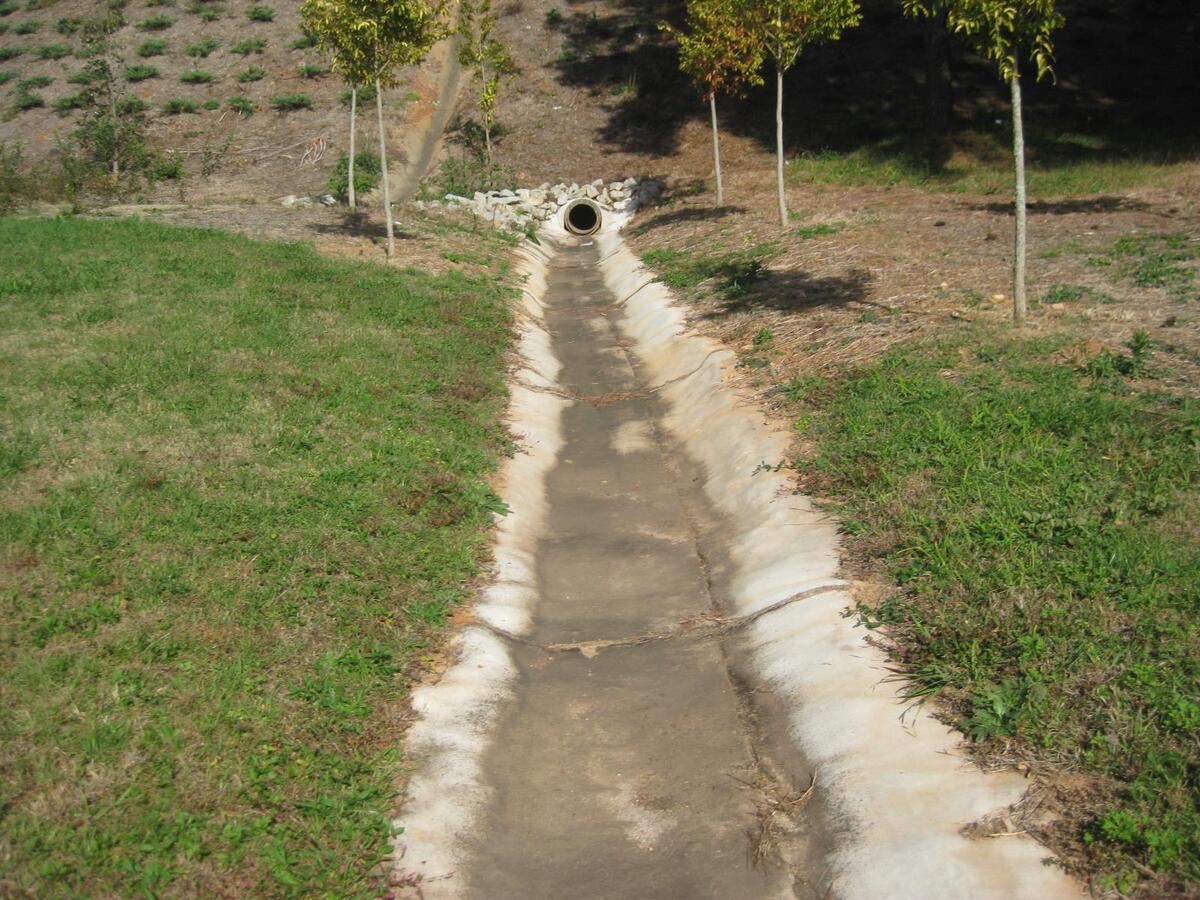
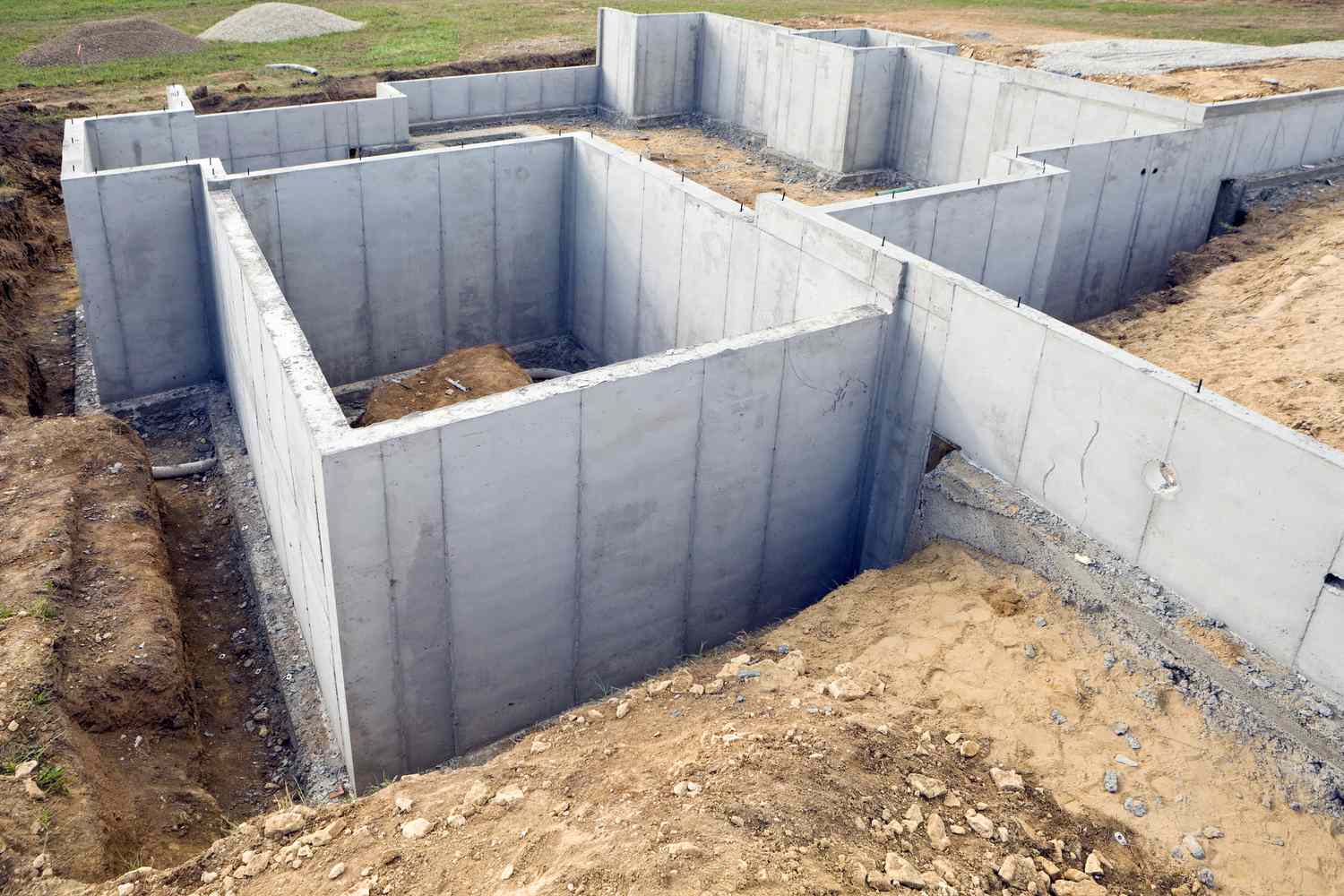
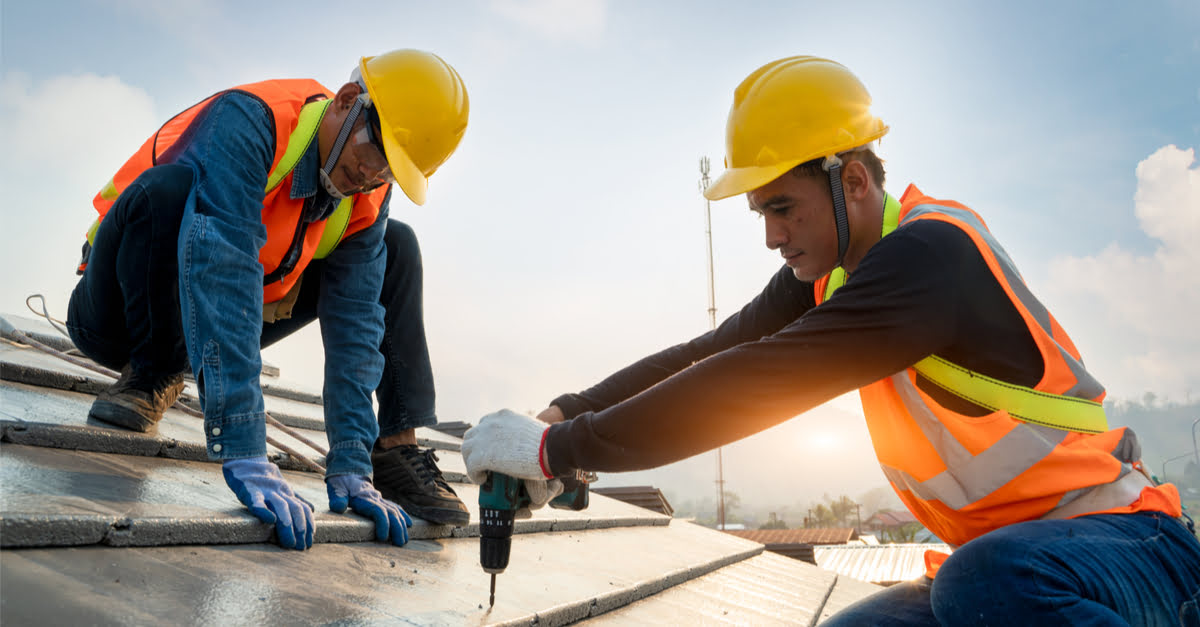


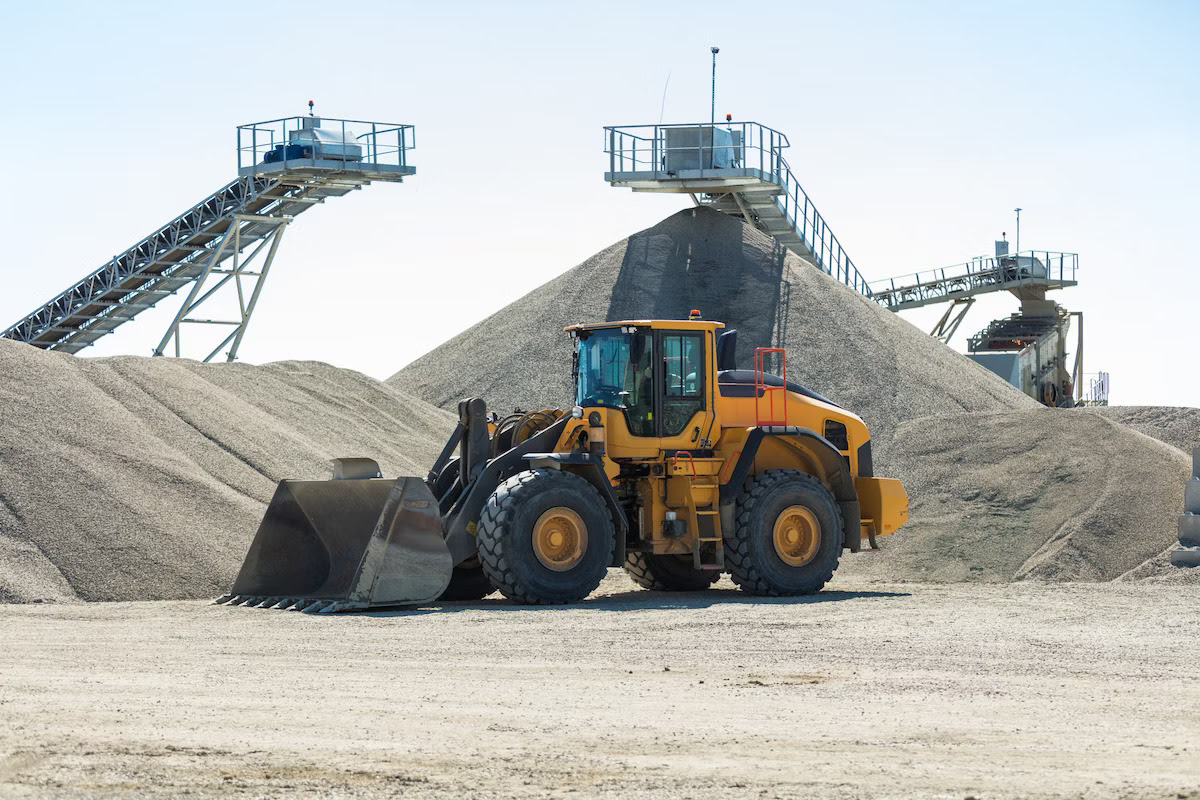




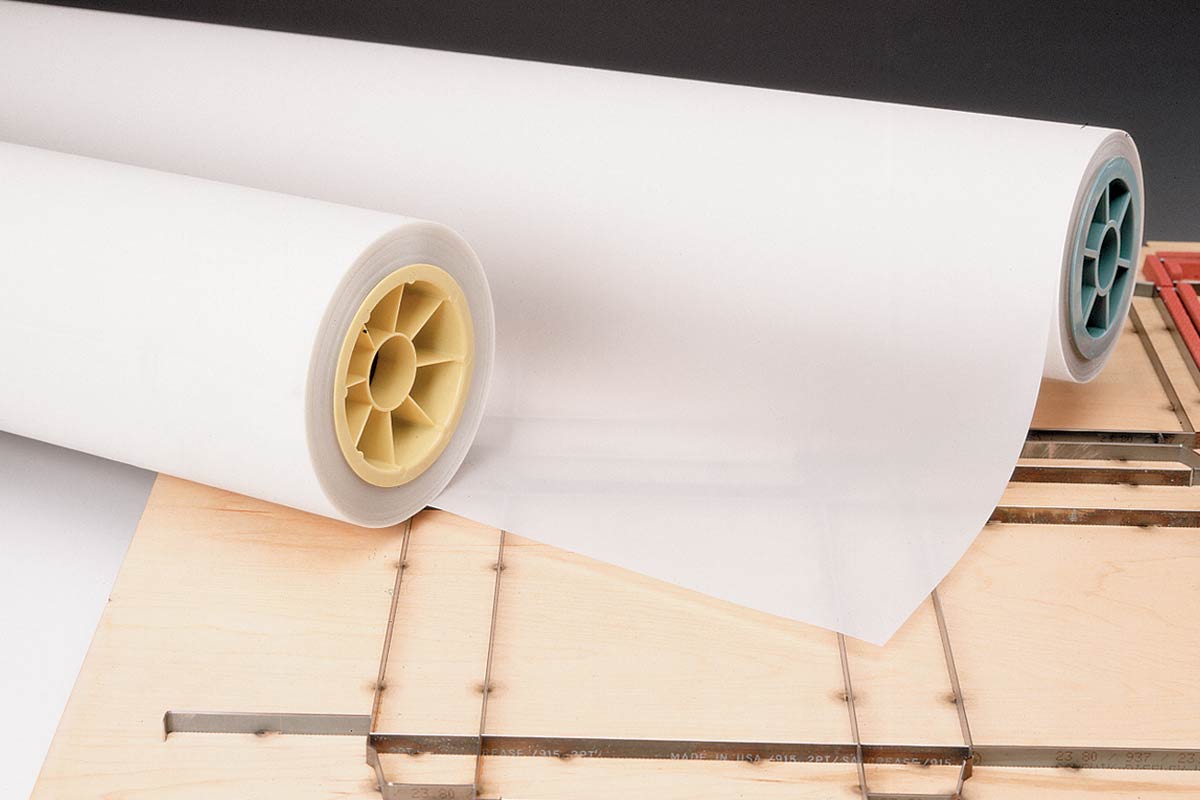
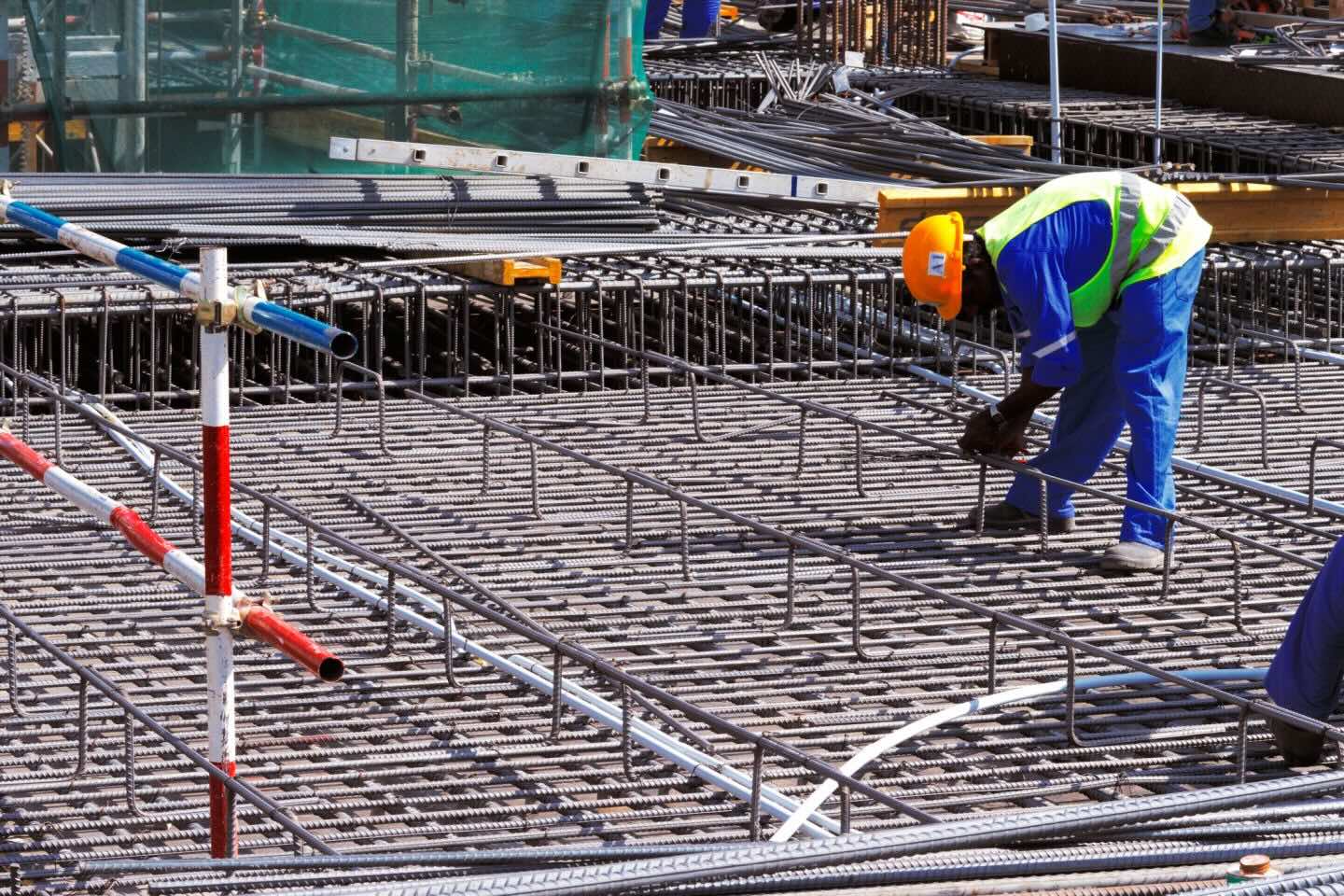

0 thoughts on “What Is A Dike In Construction”